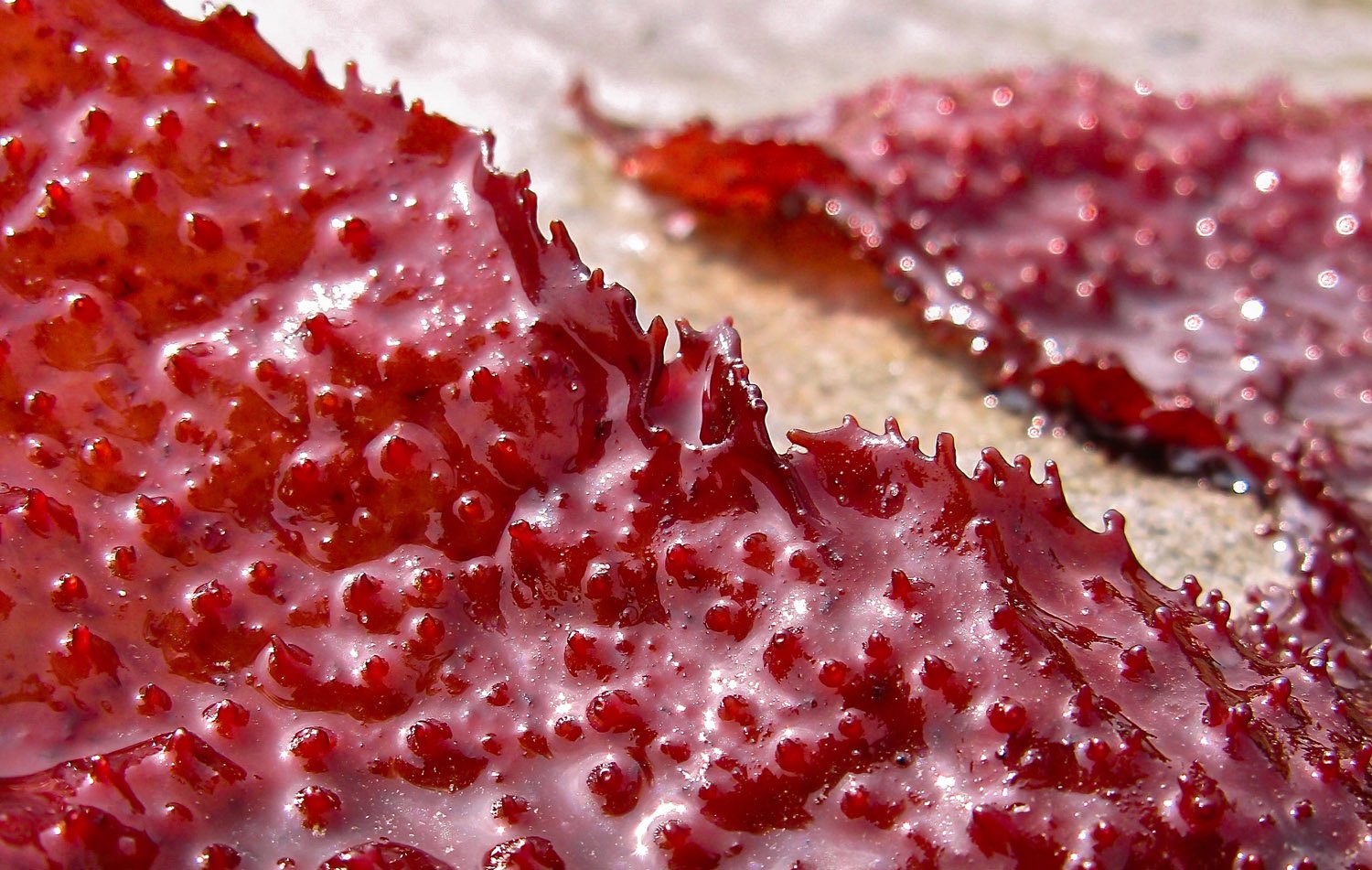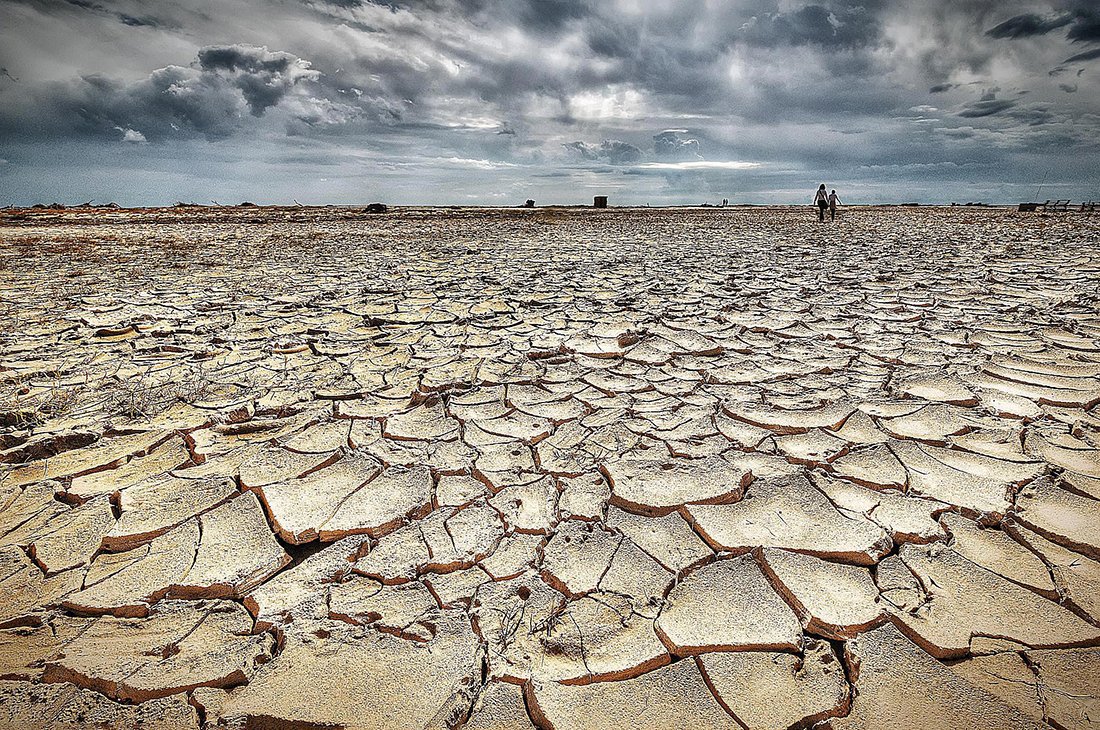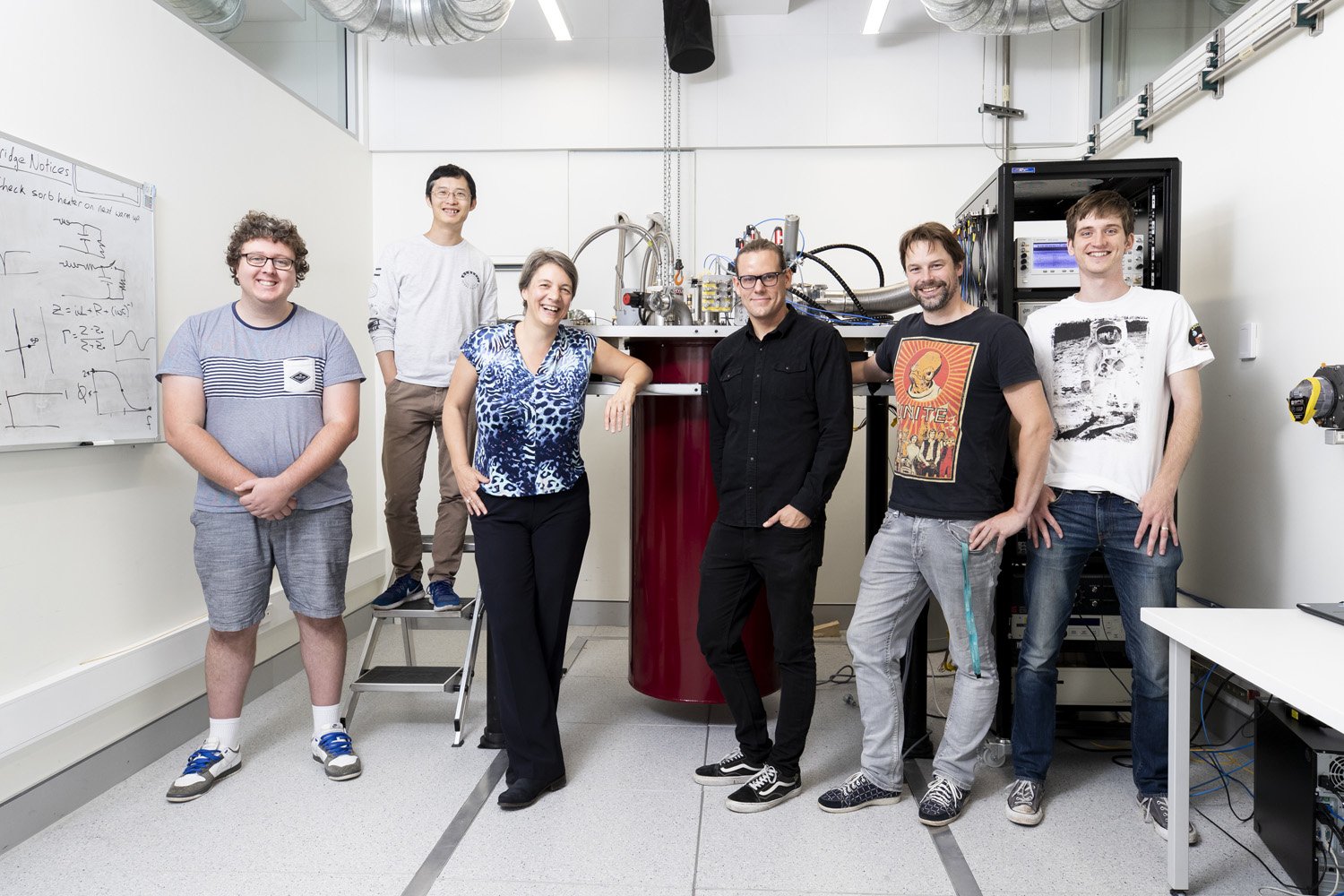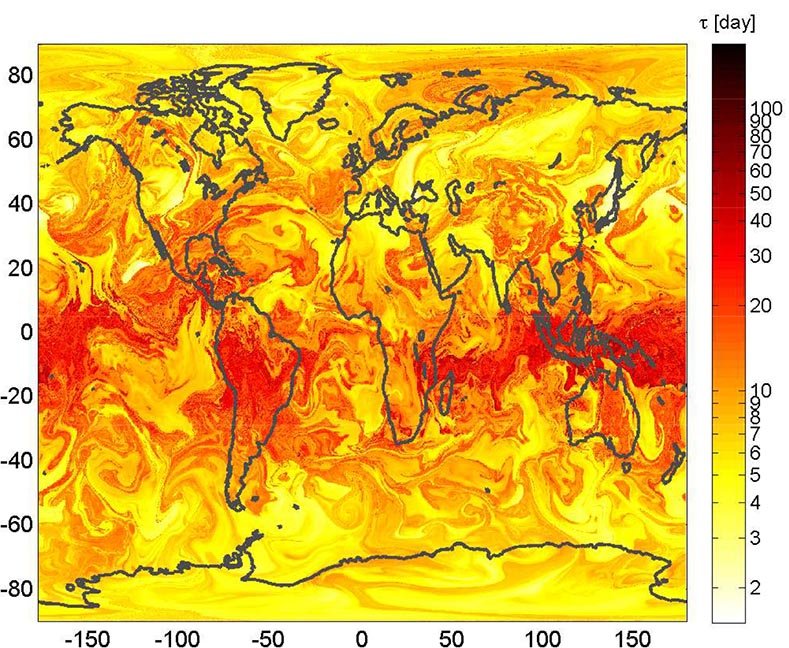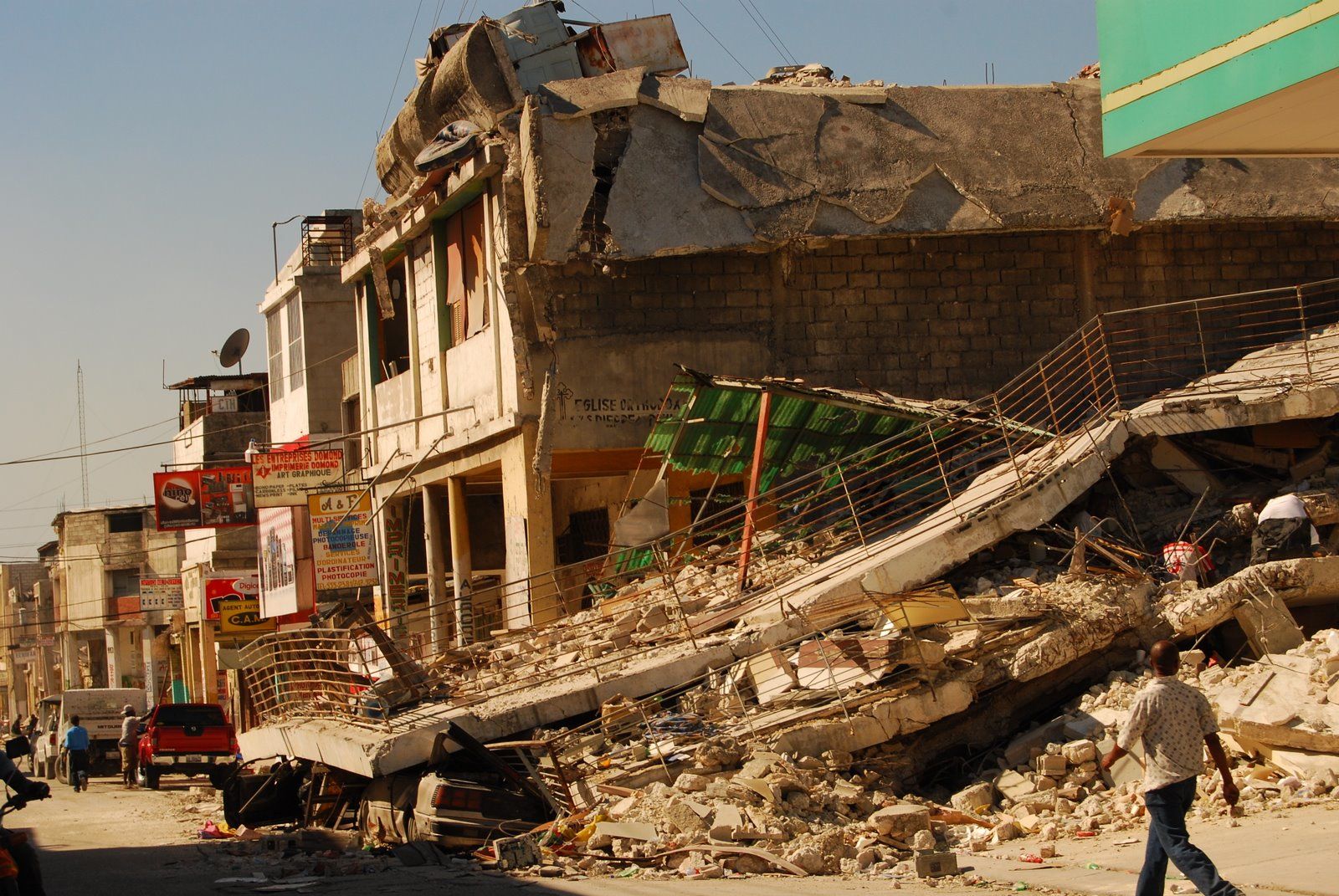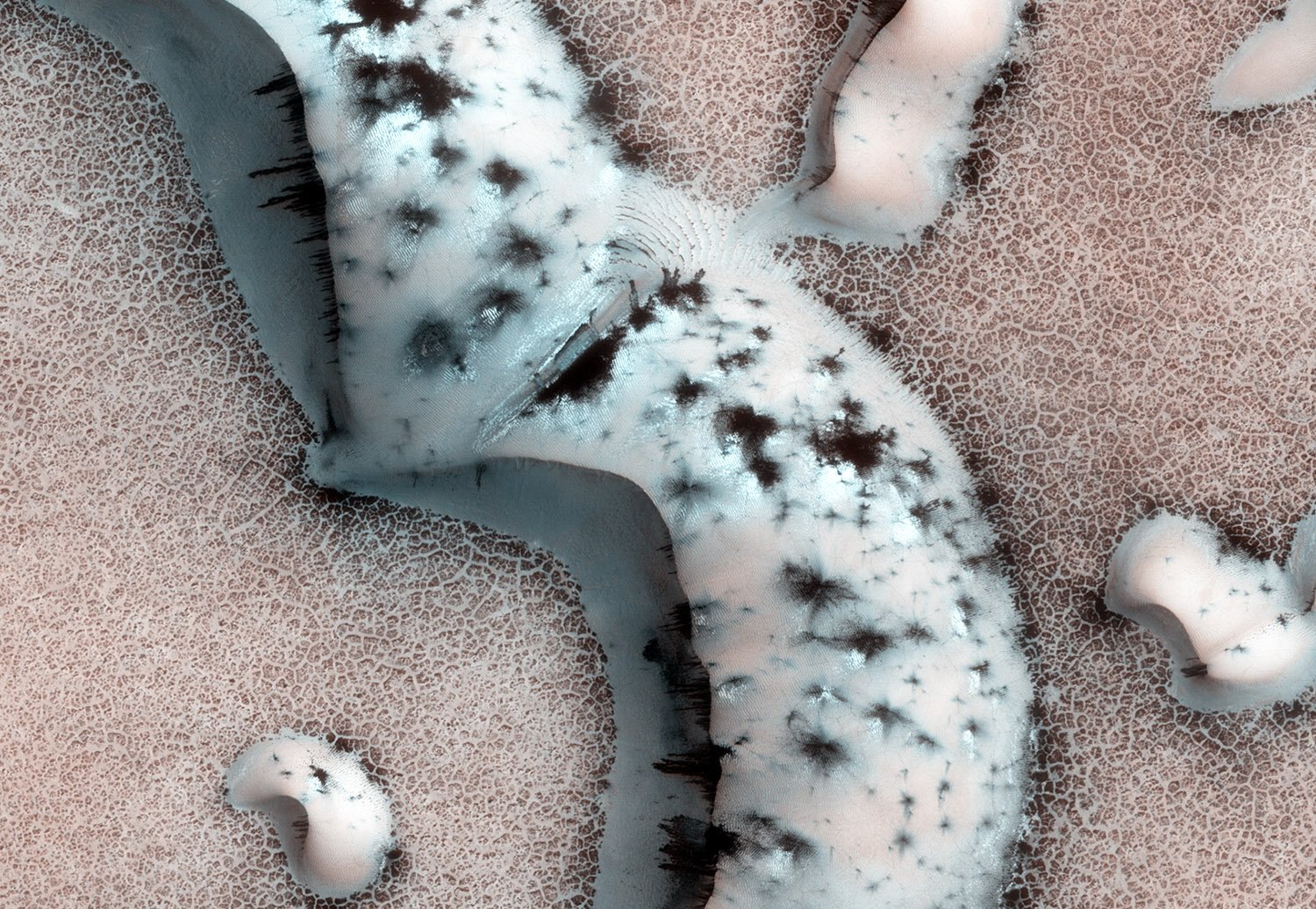New species of flying squirrel from Southwest China added to the rarest and ‘most wanted
Described in 1981, the genus Biswamoyopterus is regarded as the most mysterious and rarest amongst all flying squirrels. It comprises two large (1.4-1.8 kg) species endemic to southern Asia: the Namdapha flying squirrel (India) and the Laotian giant flying squirrel (Lao PDR). Each is only known from a single specimen discovered in 1981 and 2013, … Read more

